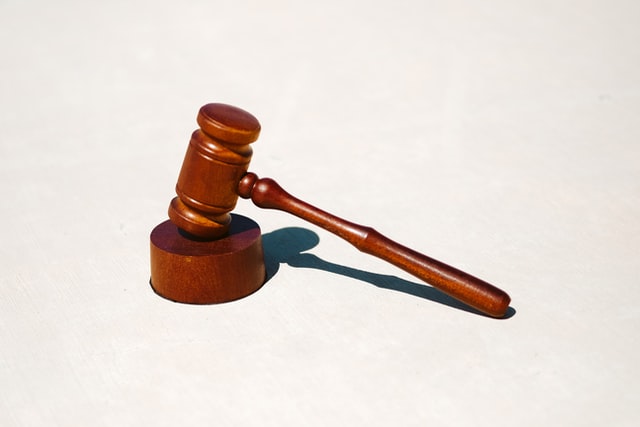PV panels’ disposal is a growing issue worldwide, which the EU has decided to tackle through its legislation and research funding, making it a leader in the field. In this blog article, we introduce the directive on Waste of Electrical and Electronic Equipment (WEEE), which includes regulation of PV waste in Europe. We discuss why the WEEE directive is important, identify challenges and highlight potential avenues for further legislation. The importance of regulation at the EU level has been underlined by results from a stakeholder survey we have conducted in December 2021-February 2022 on awareness, and drivers and barriers to PV panel recycling in the EU. Respondents rated EU regulations such as the WEEE directive as the most important drivers of PV recycling.
What is the WEEE directive?
This EU directive 2012/19/EU regulates Waste of Electrical and Electronic Equipment of various sorts. [1] Its objective is to enhance the sustainability of WEEE by preventing its release into the environment and the reuse of secondary raw materials. Therefore, the directive sets rules on the “collection, treatment and recycling” of WEEEs. Under this legislation, PV panels are included in category 4 “consumer equipment and photovoltaic panels” (see Annex II). The directive stipulates that producers are responsible for the proper collection and disposal of waste. The producers are asked to take responsibility and to develop appropriate solutions for the management of PV waste as sustainably as possible, applying the concept of ‘extended producer responsibility’. “Producers should finance at least the collection …, and the treatment, recovery and disposal of WEEE.”
The directive entered into force in 2012 and set gradually higher targets concerning 1) collection 2) recovery and 3) preparation for reuse and recycling rates.
As of 2019, member states are required to insure the : “ a collection rate of 85% of WEEE generated broadly equivalent to a collection rate of 65% of the average weight of EEE placed on the market the three preceding years” (see section 16, Article 7) . This target concerns all types of WEEE, including PV waste. Separate targets have been set for the recovery and the preparation for re-use and recycling rates. Since August 2018, 85% of panels should be recovered and 80% prepared for reuse and recycled (see Article 11 and category 4 Annex V).
A great start
The directive is one of a kind in the world and is often praised for tackling the problematic issue of WEEE waste by putting the responsibility on producers. It is thus unburdening consumers and incentivizing the opening of new markets for the collection, recycling and reusing of valuable materials necessary for the EU’s sustainable transition.
And some difficulties
The directive has been transposed into the national law of EU member states since 2014. This has led to a situation, where it is not implemented in all member states, in the same way, causing discrepancies in an open market, as well as differentiated success rates of implementation. One of the issues related to varying implementation is that ‘producers’ can be interpreted by member states either as the manufacturer, importer, reseller or installer. [2]
In addition, the industry has been demanding a distinct collection target from other WEEE given the long lifetime of PV panels and the volatility of the PV market. The international organizations and Producers Responsibility Organizations estimates the current rate to be too high and hard to achieve since this is country dependent and related to the market of the ongoing year (or based on the three previous years)[3]. The Commission Implementing Decision 2019/21193 has developed the identification of sub-categories to should be used for the reporting regarding the requirements of the 2012/19/EU. Photovoltaic waste was identified in the dedicated sub-category 4.b and should be reported separately.
What about the recovery & the preparation for re-use and recycling ratios to be reached?
Considering the European Union as a precursor in the legislative development, the minimum requirements for the recovery and recycling set for the directive have been a good start and asset to initiate recycling practices. However, looking at the PV panels composition in which the percentage by mass of the critical and valuable (In, Ag, Si etc.) materials is rather low. Then, it is quite easy to fill the requirements without recovering these materials, which is an environmental burden as it leads to their irreversible loss.
In the meantime, PHOTORAMA ‘s consortium is committed to increasing the sustainability potential of PV panels and works to improve their recyclability potential.
Additional resources:
Find more information on the importance of PV panel recycling here.
We invite you to download our E-Flyer.
The full text of the WEEE directive is available here: https://eur-lex.europa.eu/legal-content/EN/TXT/?uri=CELEX:02012L0019-20180704
[1] DIRECTIVE 2012/19/EU OF THE EUROPEAN PARLIAMENT AND OF THE COUNCIL of 4 July 2012 on waste electrical and electronic equipment (WEEE), OJ L 197 24.7.2012, p. 38. Detailed information on the WEEE directive, including the link to the legal text, is available here: https://ec.europa.eu/environment/topics/waste-and-recycling/waste-electrical-and-electronic-equipment-weee_en
[2] https://sinovoltaics.com/learning-center/recycling/weee-directive-handling-solar-pv-waste/
